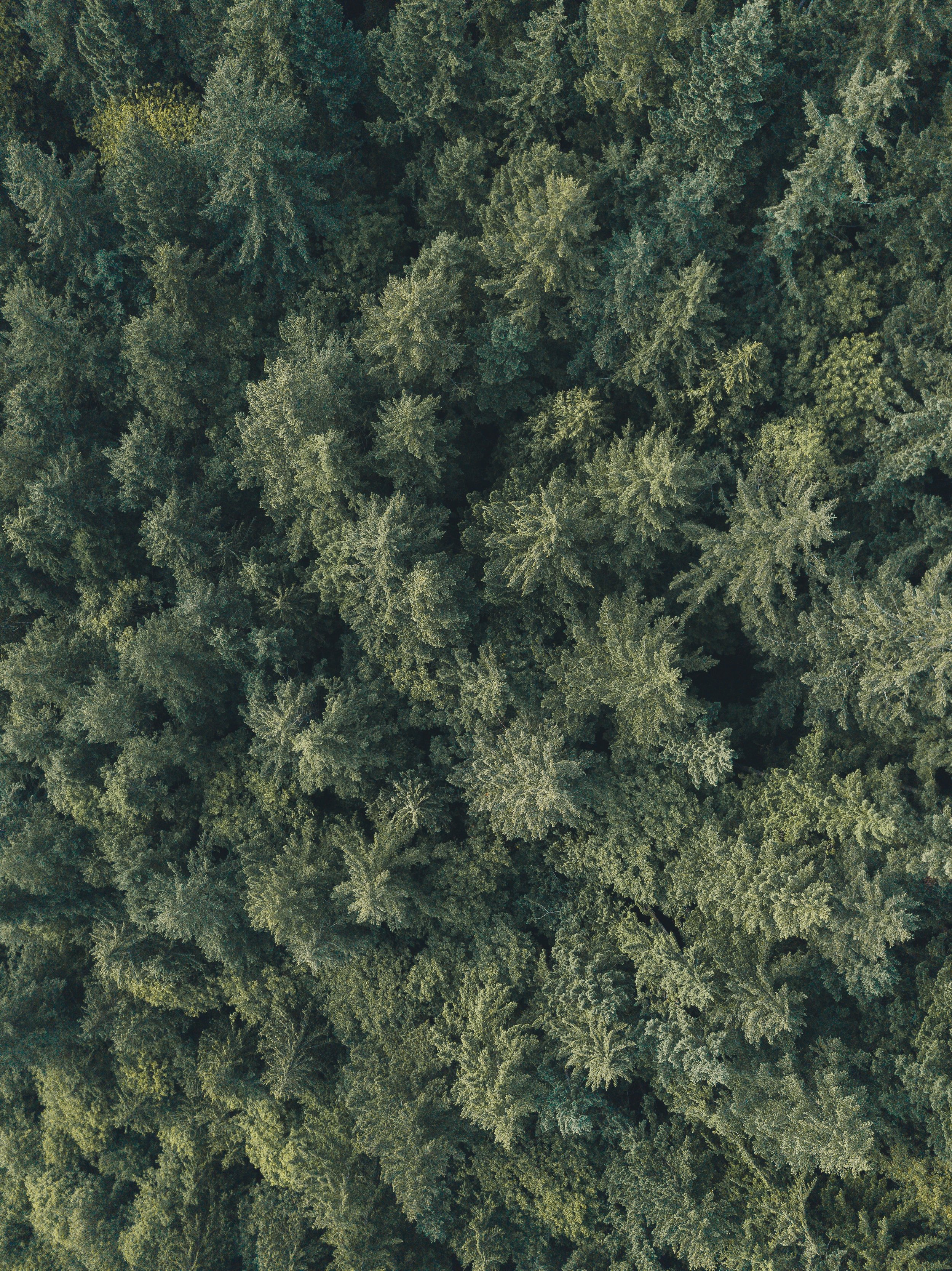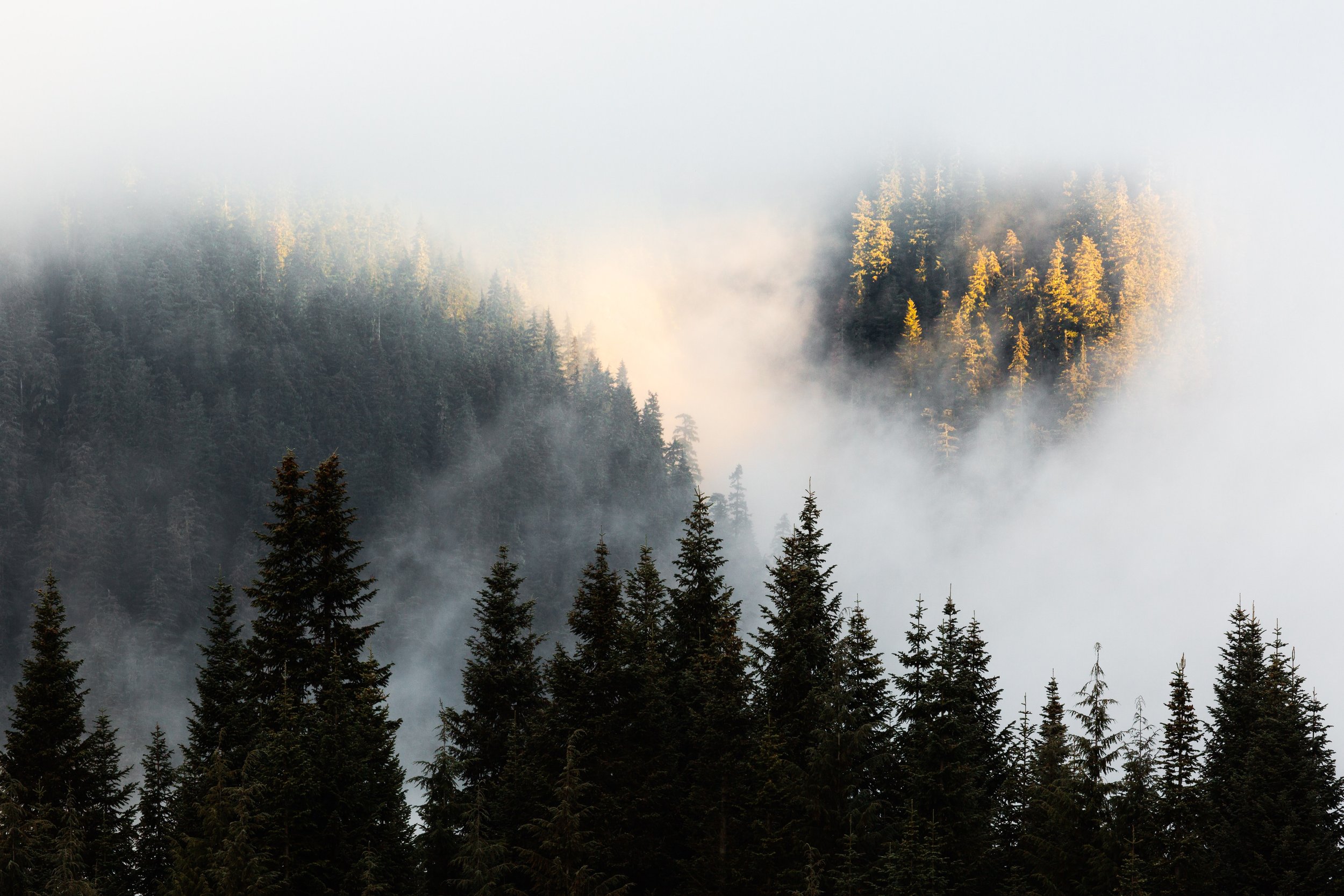
Western Red Cedar
Natural Beauty and Durability
Beauty
For centuries builders and artisans have valued Western Red Cedar for its natural beauty and durability.
Architectural design – Cedar compliments any architectural design – from turn-of-the-century to contemporary.
Colors – Unfinished cedar has richly textured grain with colors ranging from mellow ambers, reddish cinnamons and rich sienna browns. Its warm coloring is complimented by a uniform, fine-grained texture with a satin luster.
Easy finishing – Because cedar is virtually pitch and resin free, the wood easily accepts a range of finishes, from fine oils and stains, to solid coatings and paint.
Usages – Enhance the beauty and elegance of your home or commercial property with cedar siding, decking, moulding, windows, doors, posts, beams, paneling, outdoor projects, interiors and saunas.
Aroma – Cedar’s unique aroma comes from naturally occurring thujaplicin in its heartwood. These compounds resist moisture and are toxic to decay-causing fungi and insects and preserve the wood to give it long lasting appeal.
Acoustic insulation – Acoustic properties of cedar walls and ceilings provide sound insulation necessary to quieten rooms. Surround yourself in the beauty of cedar.

Rich History
B.C.’s Pacific Coast Aboriginal People
It all begins with an idea. Maybe you want to launch a business. Maybe you want to turn a hobby into something more. Or maybe you have a creative project to share with the world. Whatever it is, the way you tell your story online can make all the difference.
First Uses of Cedar Bark and Logs
Along B.C.’s Pacific Coast, aboriginal people have used cedar bark to make rope, clothing and baskets for thousands of years. The logs are used for a variety of purposes, including canoes, totem poles, masks and long houses. Native Americans would also remove large slabs of outer bark from living trees for roofing materials or cut a rectangular hole into a tree to test its soundness before cutting it for a canoe or totem pole.
Working Together to Preserve Heritage
Trees that have been scarred due to a First Nation’s cultural activity are known as culturally modified trees. Those trees with modifications that pre-date 1846 are considered archeological sites and are protected under the Heritage Conservation Act. Forest companies frequently take steps to help First Nations obtain cedar logs or other species from their harvest for traditional or cultural uses.
